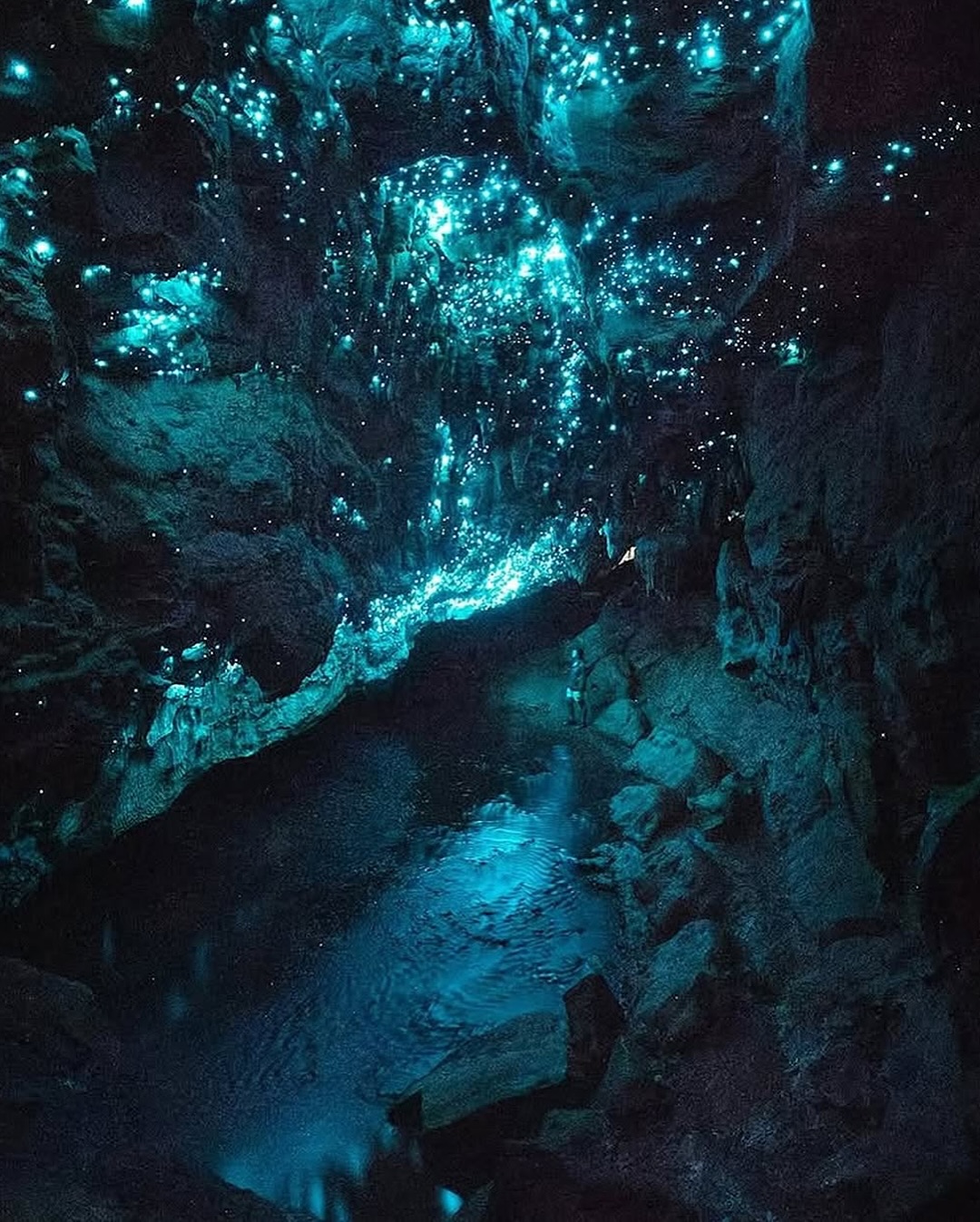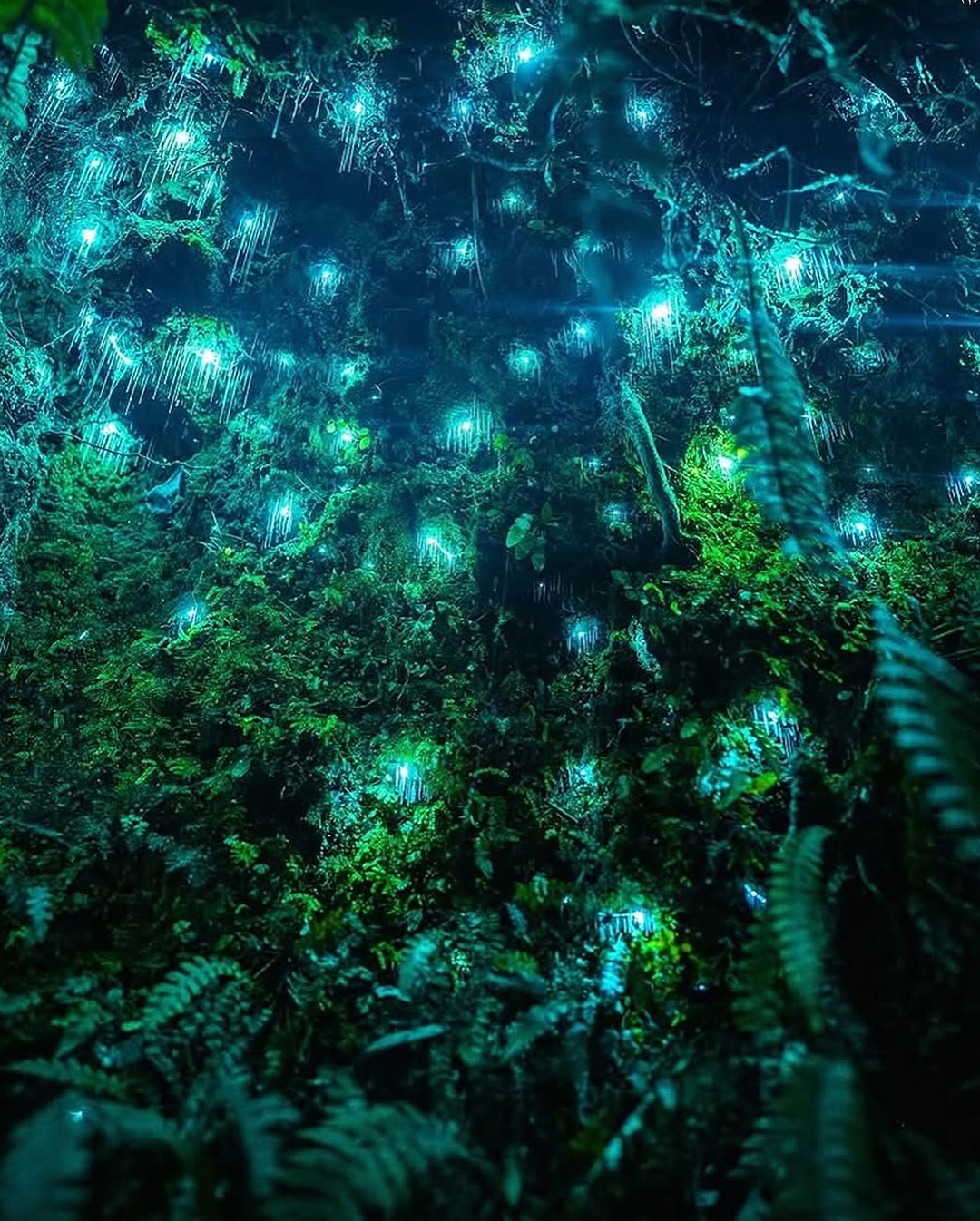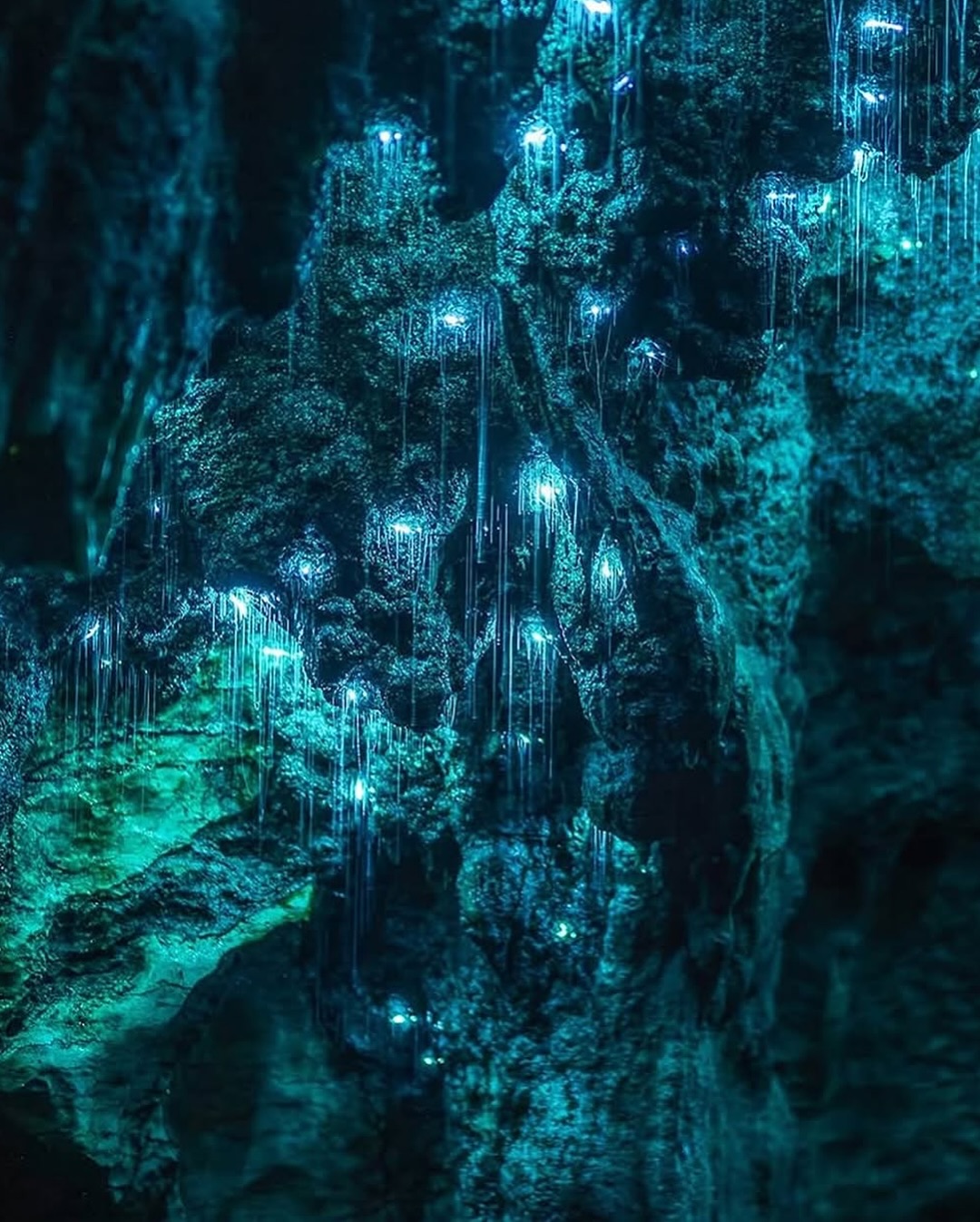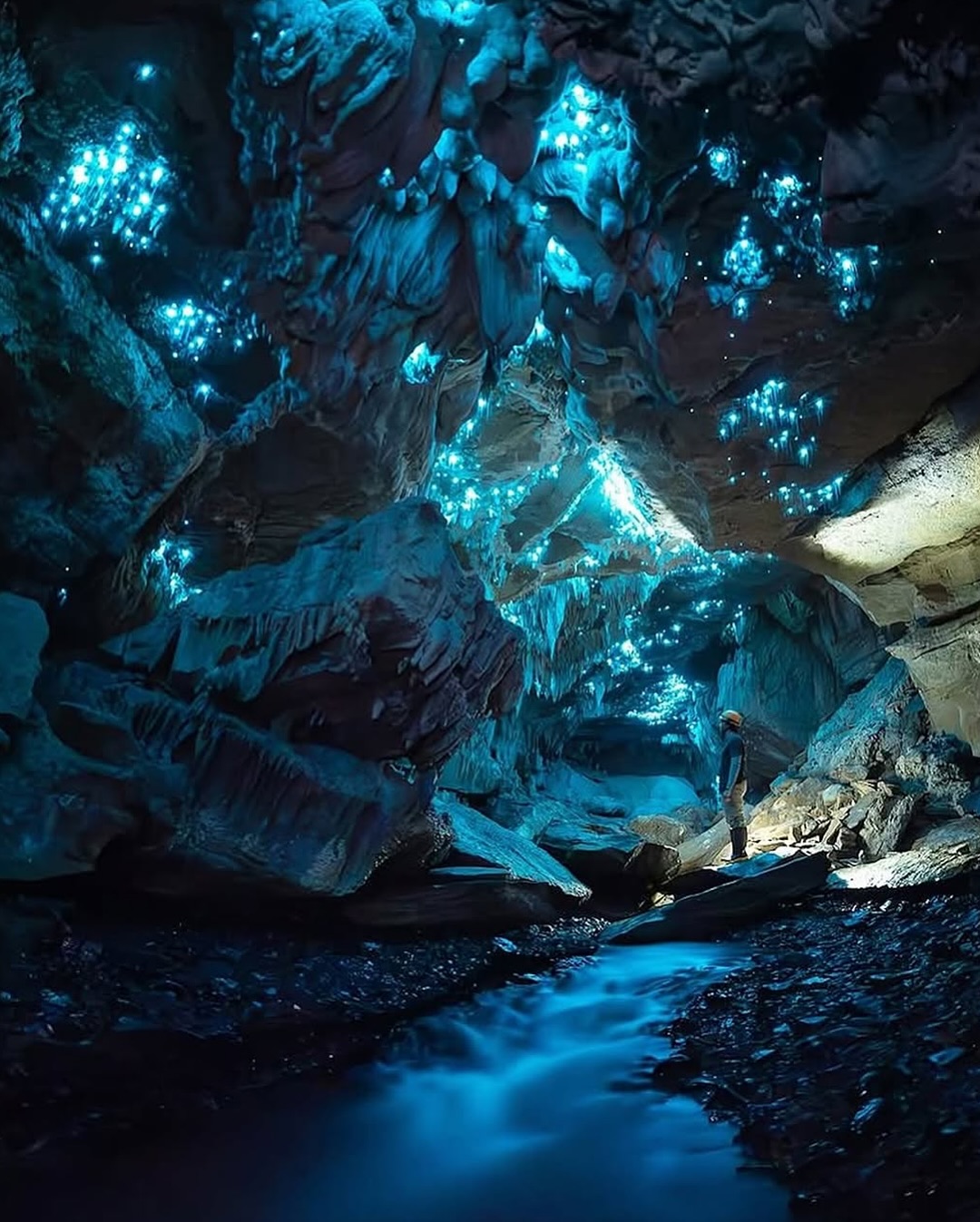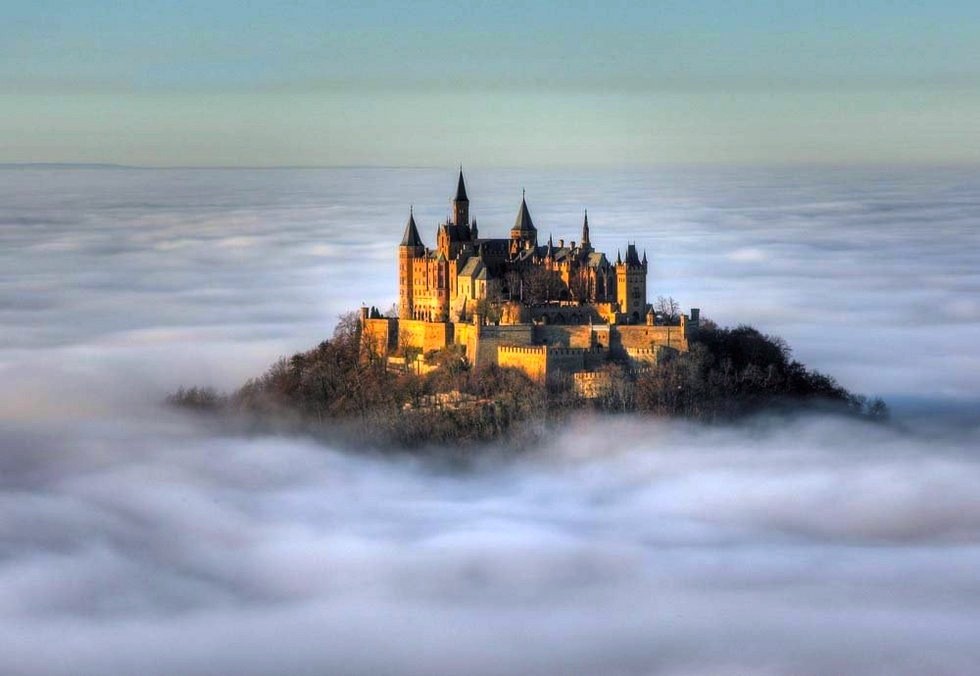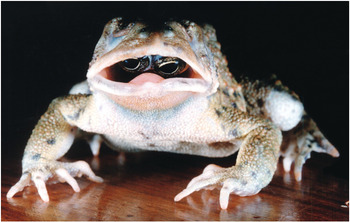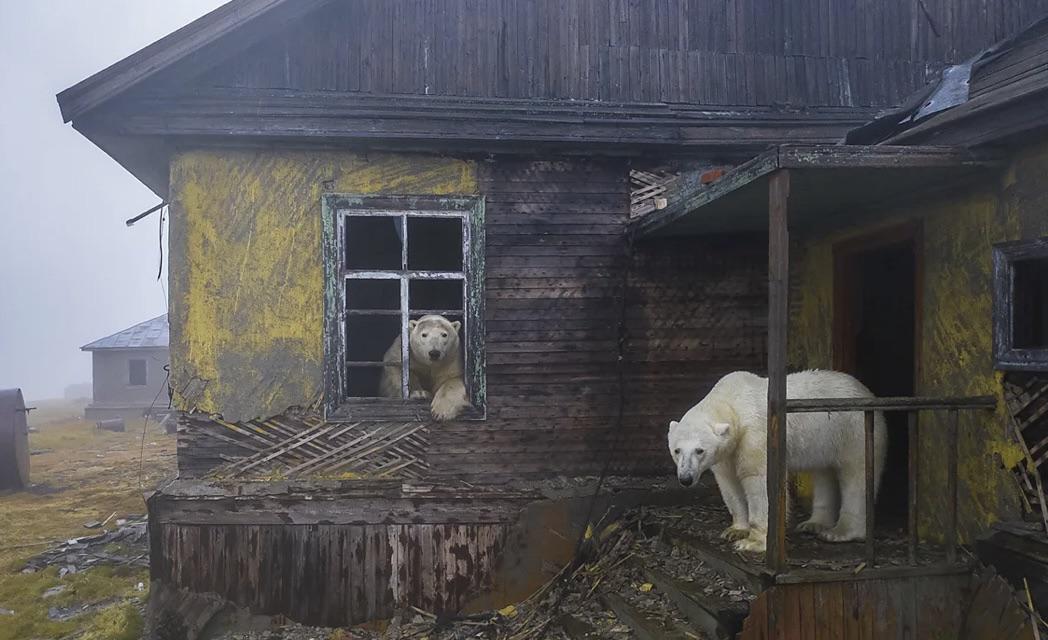There are few places on Earth that feel truly otherworldly—like you’ve stepped out of the real world and into a living dream. One of those places lies deep beneath the ground, far away from city lights and noise. In the hidden caves of New Zealand and parts of Australia, darkness glows. Literally.
These are the famous glowworm caves, home to bioluminescent larvae that emit a soft, blue-green light. Thousands of them. Hanging silently from the ceilings like stars frozen in time, they create a surreal and breathtaking scene. It’s no wonder these caves are considered some of the most magical natural wonders on the planet.
The term “glowworm” might bring to mind something cute or cartoonish, but these tiny glowing creatures are actually the larvae of fungus gnats. Specifically, in New Zealand, they belong to a species called Arachnocampa luminosa.
When they’re in their larval stage, they produce a natural chemical reaction in their bodies that generates light. This process is called bioluminescence. Unlike fireflies, which flash intermittently, glowworms emit a continuous, gentle glow that can last for hours.
But this glow isn’t just for show—it’s a trap. The light attracts flying insects into sticky threads the larvae dangle from cave ceilings. What looks beautiful to us is actually a silent hunting strategy. It’s a delicate balance of beauty and survival, light and hunger.
Visiting a glowworm cave isn’t like any ordinary hike or tour. You descend into darkness, guided only by the echoes of dripping water and your own footsteps. And then, suddenly, the cave transforms. The ceiling sparkles. The walls twinkle. It feels as though you’re drifting beneath a starlit sky, but you’re not outside. You’re underground.
In New Zealand, the Waitomo Caves are among the most well-known spots to witness this phenomenon. Visitors glide silently along an underground river in small boats, gazing up as thousands of glowworms shimmer above. It’s quiet, reverent, and deeply calming—like nature’s version of a cathedral.
Australia has its own glowing caves as well, including the breathtaking Springbrook National Park and the Tamborine Mountain glowworm caves in Queensland.
There’s something deeply moving about seeing light come from life, especially in a place that should be completely dark. The glow feels like hope, like wonder, like a story that nature is trying to tell without saying a word.
The glowworms have been here for millions of years, doing what they do in complete stillness. And while our fast-moving world often distracts us with artificial noise and light, the caves offer a reminder that some of the most astonishing things happen slowly, quietly, and completely on their own terms.
Because these ecosystems are so unique and fragile, they’re carefully protected. The glowworms need very specific conditions to thrive—darkness, humidity, and clean air. Human interference, noise, or even light pollution can disturb their behavior and reduce their numbers.
Fortunately, many of the caves are now part of guided conservation tours that balance public access with protection. Visitors are asked to move gently, speak softly, and let the darkness and glow do the talking.
It’s a shared moment of reverence. And that’s rare.
The glowworm caves are a stunning collision of biology and enchantment. They prove that nature doesn’t need embellishment—it already knows how to awe us.
These tiny larvae, glowing gently in the silence of the earth, remind us that the world still has places that feel untouched by time. That magic is real, it’s just written in biology instead of spells.
And sometimes, you don’t have to look up at the night sky to feel wonder. You just have to look down. And step inside.
